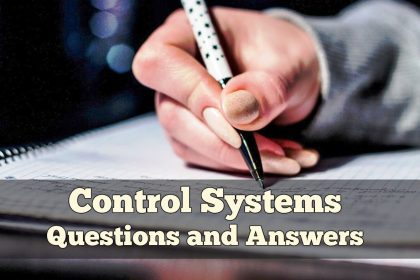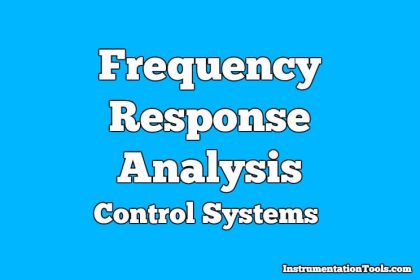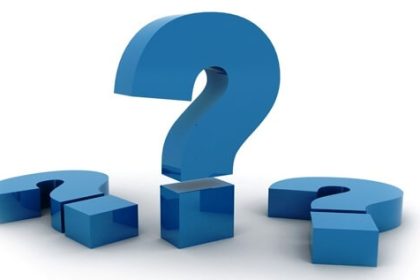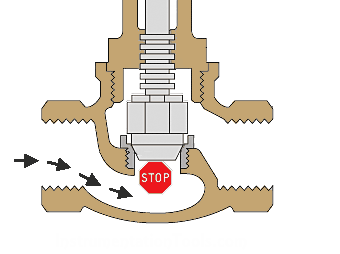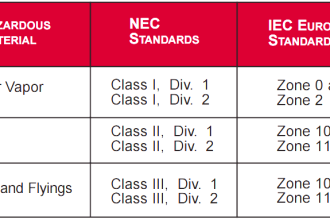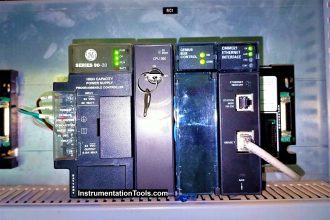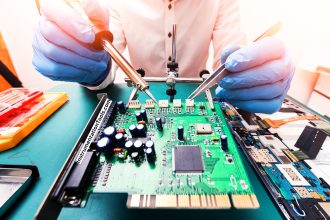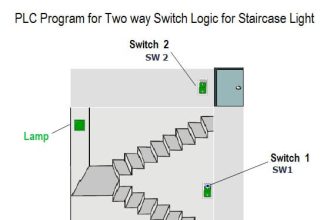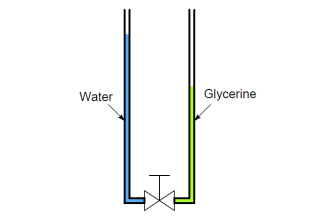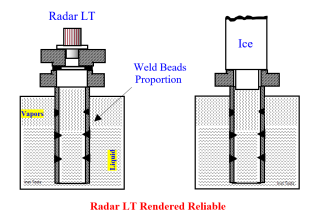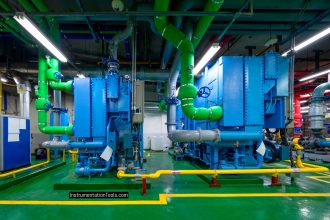Dissolved Oxygen Analyzer Questions and Answers
1. Which of the following transducers must be used for dissolved oxygen analyser?
a) Potentiometric
b) Polarographic
c) Ion-selective electrode
d) Optical transducer
Answer: b
Explanation: Polarographic transducer must be used for dissolved oxygen analyser. Dissolved oxygen is the measure of ability of water to sustain aquatic life.
2. How does solubility of oxygen in water change with respect to temperature?
a) It decreases with increase in temperature
b) It increases with increase in temperature
c) It decreases with decrease in temperature
d) It does not depend on temperature
Answer: a
Explanation: Solubility of oxygen in water decreases with increase in temperature. Dissolved oxygen is the measure of ability of water to sustain aquatic life.
3. The water to be analysed flows into the condenser through which of the following components?
a) Filter
b) Semi-permeable membrane
c) Throttling device
d) Platinum filament
Answer: c
Explanation: The water to be analysed flows into the condenser through a throttling device. It is cooled in the condenser.
4. Which of the following is the function of the throttling device?
a) Filtering
b) Maintains pH of water
c) Purifies water
d) Maintains constant flow rate
Answer: d
Explanation: The function of the throttling device is to maintain a constant flow rate. The water then passes into the condenser.
5. Which of the following section plays a major role in maintaining the accuracy of the dissolved oxygen analyser?
a) Analysing section
b) Inlet section
c) Transmitting section
d) Condensing section
Answer: c
Explanation: Transmitting section plays a major role in maintaining the accuracy of the dissolved oxygen analyser. It is the section after the analysing section.
6. Which of the following bridges are used in dissolved oxygen analyser?
a) Kelvin’s bridge
b) Wheatstone bridge
c) Schering’s bridge
d) Anderson’s bridge
Answer: b
Explanation: Wheatstone bridge is used in dissolved oxygen analyser. Initially, the bridge is in balanced condition.
7. In dissolved oxygen analyser, the electrometer consists of which of the following solutions?
a) Calcium hydroxide solution
b) Magnesium hydroxide solution
c) Potassium hydroxide solution
d) Calcium oxide solution
Answer: c
Explanation: In dissolved oxygen analyser, the electrometer consists of potassium hydroxide solution. It produces hydrogen due to electrolysis process.
8. The dissolved oxygen analyser is based on which of the following meters?
a) Amperometer
b) Katharometer
c) pH meter
d) Voltmeter
Answer: b
Explanation: The dissolved oxygen analyser is based on katharometer. It works on the principle of thermal conductivity detector.
9. Oxygen content can be controlled by adding which of the following materials with water?
a) Acidic solution
b) Basic solution
c) Iodine
d) Hydrazine
Answer: d
Explanation: Oxygen content can be controlled by adding hydrazine with water. It is important to maintain dissolved oxygen content in boilers to reduce corrosion.
10. In dissolved oxygen analyser, normally more than one condenser is used.
a) True
b) False
Answer: a
Explanation: In dissolved oxygen analyser, normally more than one condenser is used. The condensers are present in the condenser section.
